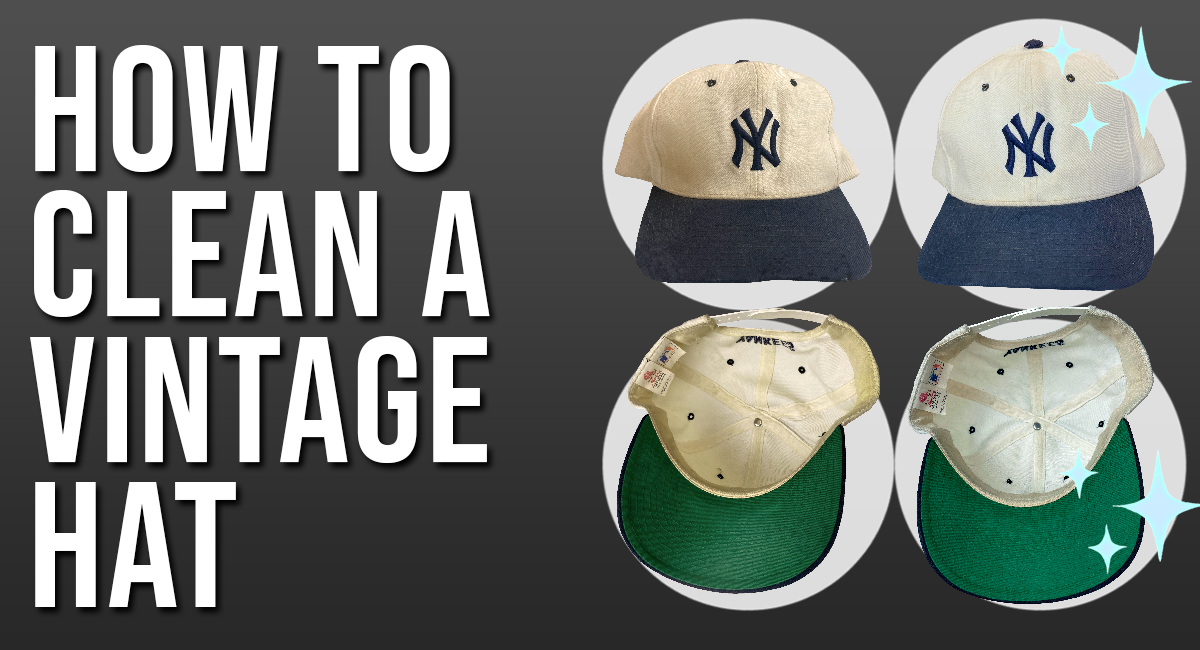
Hello, all vintage heads! Today we wanted to do a little write-up about everyone's favourite term in vintage clothing - single stitch. Also known as single dingle, the single stitch is a very popular term in vintage, which refers to the stitching along the edge of the sleeve or bottom of a t-shirt. So why are vintage clothing enthusiasts so excited about this? Well, the single stitch is one of many identifiers of a vintage tee shirt, and one of the most popular currently. It is a very easy way to take a quick look at a shirt (maybe when you're thrifting, or garage sale-ing) and know immediately that this item might be vintage.

So what is a single stitch? And what does it have to do with vintage tees? Well, when clothes were being produced in the past, to make a nice even hem on the edge of a garment, they would fold over the edge, and stitch down the fold to make a nice finish on the edge of the item. Traditionally, this was done with one line of stitching. As time went on, and factories and machinery changed, it became cost-effective to now use two rows of stitching to finish the edge of the shirt. Two rows are better than one and will hold better for a longer period of time. This change in manufacturing happened sometime in the mid-90s, though there are examples of double stitches on tees going back to the 70s, as that's when this method was first introduced.

So you can see a single stitch on a t-shirt isn't completely cut and dry. It all depends on when a certain manufacturer decided to change their methods of production. In fact, some manufacturers still use single stitches to this day - some Abercrombie tees are actually one single stitch. So while this can be an indicator of dating your shirt, it's just one tool out of many that should be used when determining the age of a shirt. Some shirts even have double stitch sleeves, with a single stitch bottom hem, or vice versa. We will write further blogs on how to effectively date your tee, but other methods are looking for a date on the graphic, looking at the tag of the shirt, and looking at the construction of the shirt.

So to summarize, single stitch sleeves and/or bottom hem is a great indicator of a vintage shirt. It can signify that you likely have a shirt that was produced some time in the 90s or earlier. You do need to use more investigative tools to assure yourself of the age of the garment, but it's a great quick tool to identify a vintage tee!



